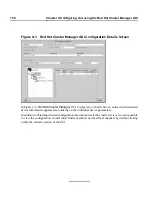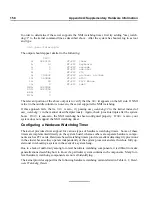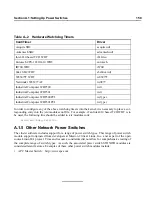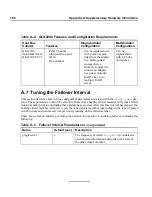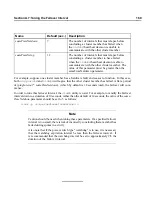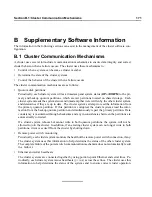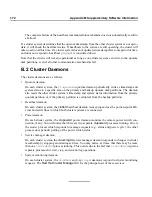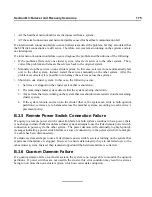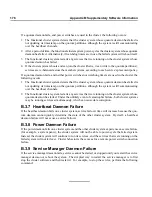
Section A.6:Host Bus Adapter Features and Configuration Requirements
163
The previous order specifies that 7 is the highest priority, and 8 is the lowest priority. The default SCSI
identification number for a host bus adapter is 7, because adapters are usually assigned the highest
priority. It is possible to assign identification numbers for logical units in a RAID subsystem by using
the RAID management interface.
To modify an adapter’s SCSI identification number, use the system BIOS utility. When the system
boots, a message is displayed describing how to start the utility. For example, a user may be prompted
to press
[Ctrl]-[A]
, and follow the prompts for setting the SCSI identification number. At this point,
it is possible to enable or disable the adapter’s internal termination, as needed, and disable SCSI bus
resets. See Section A.3, SCSI Bus Termination for more information.
The prioritized arbitration scheme on a SCSI bus can result in low-priority devices being locked out
for some period of time. This may cause commands to time out, if a low-priority storage device, such
as a disk, is unable to win arbitration and complete a command that a host has queued to it. For some
workloads, it is possible to avoid this problem by assigning low-priority SCSI identification numbers
to the host bus adapters.
A.6 Host Bus Adapter Features and Configuration
Requirements
The following table describes some recommended SCSI and Fibre Channel host bus adapters. It in-
cludes information about adapter termination and how to use the adapters in single initiator SCSI buses
and Fibre Channel interconnects.
The specific product devices listed in the table have been tested. However, other devices may also
work well in a cluster. It is possible to use a host bus adapter other than a recommended one. The
information in the table can help to determine if the device has the features and characteristics that
will enable it to work in a cluster.
Summary of Contents for CLUSTER MANAGER - INSTALLATION AND
Page 1: ...Red Hat Cluster Manager The Red Hat Cluster Manager Installation and Administration Guide ...
Page 54: ...54 Chapter 2 Hardware Installation and Operating System Configuration ...
Page 102: ...102 Chapter 5 Database Services ...
Page 128: ...128 Chapter 7 Apache Services ...
Page 144: ...144 Chapter 8 Cluster Administration ...
Page 170: ...170 Appendix A Supplementary Hardware Information ...
Page 182: ...182 Appendix B Supplementary Software Information ...


